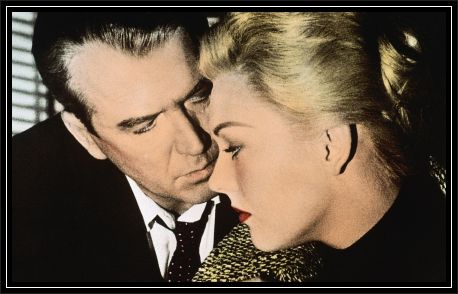 |
| Joan Carroll and Margaret O'Brien in Meet Me in St. Louis |
refashioned as All-Saints Day (November 1) and October 31, now known as All Hallows Eve, ushered in a festival called All Hallows.
 |
| Innocence |
Today, October 31st is celebrated as Halloween, a night of costumed revelry and, if we're young or young at heart, "trick or treating." We classic film buffs usually include classic ghost or horror films as part of the holiday's festivities. This October, Turner Classic Movies has been offering "spooktacular" "fright films" with 'Classic Horror' every Wednesday though Halloween. Among the films featured so far was one of my own eerie favorites, Jack Clayton's The Innocents (1961), based on a stage play of the same name that was an adaptation of the Henry James novella The Turn of the Screw. Deborah Kerr starred and considered her performance as the distressed governess of two precocious children the best of her career.
 |
| ...uninvited |
TCM also aired the 1944 ghost classic The Uninvited as part of this month's "scarefest." Lighter but reminiscent in some ways of the Hitchcock's Rebecca (1940), it stars Ray Milland, features the film debut of Gail Russell and introduced Victor Young's classic song "Stella by Starlight." I took a closer look at both The Uninvited and Rebecca last November with A Chill in the Air Part I and Part II.
 |
| ...a witch |
Also spotlighted on TCM this month, though as part of its political series rather than a lead-in to Halloween, was Rene Clair's I Married a Witch (1942), starring Veronica Lake as a 300 year old witch and Fredric March as a rising politician. Click here for Jacqueline T. Lynch's thoroughly entertaining review at Another Old Movie Blog.
Tonight, All Hallows Eve has finally arrived and Turner Classic Movies is featuring Universal horror classics: Frankenstein (1931), Son of Frankenstein (1939), The Wolf Man (1941), The Mummy (1932), The Mummy's Hand (1940) and Island of Lost Souls (1933).
And my costume choice this year:
 |
| Audrey Hepburn in Breakfast at Tiffany's |























